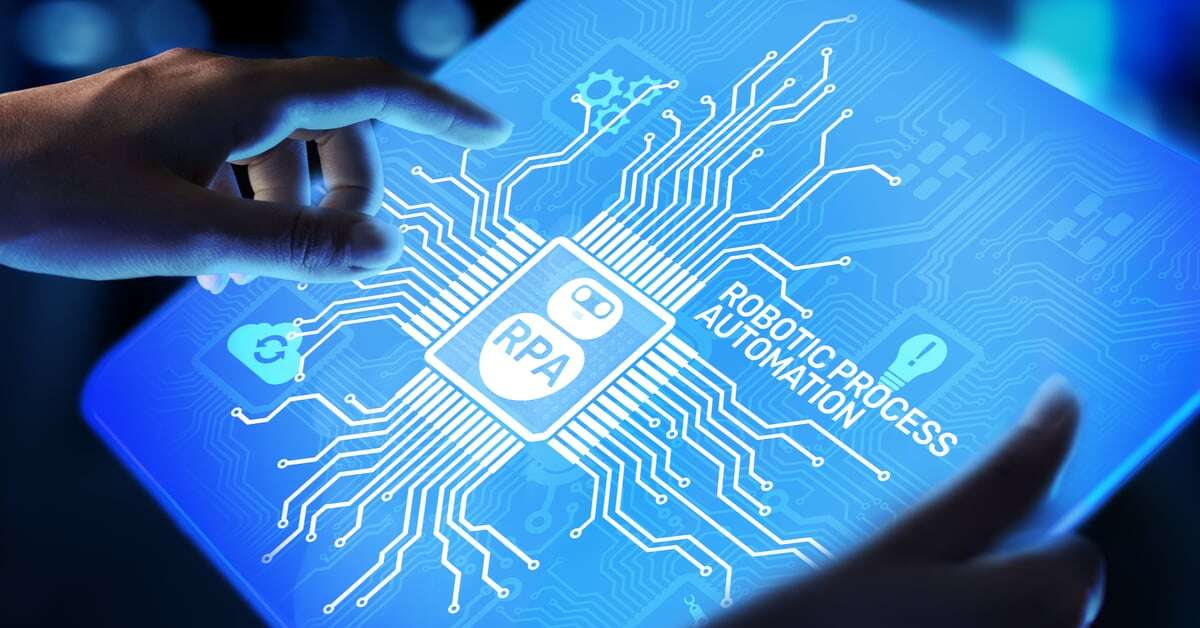What is Robotic Process Automation (RPA) and why it’s becoming so popular?

Robotic Process Automation (RPA) consists of technologies that use "intelligent" software, called "robot software", with which they perform repetitive activities on large volumes of data that would require a lot of time and even more effort if they were carried out by a human being. Although they can be confused with artificial intelligence - not surprisingly today there is an association that contemplates the two concepts, The Institute for Robotic Process Automation & Artificial Intelligence-, Robotic Process Automation systems imitate human actions, while Artificial Intelligence simulates the functioning of the brain. The two technologies are clearly related, but are located on two opposite sides along the continuum of computer automation: RPA is based on process-driven and operativity, while AI is about data-driven and thinking aspects. Said this, it would seem that the first has a less mystical aura than the second, but it is probably this simple link with processes and functions with little added value that is decreeing its success. A sort of "humility" that makes it collect a bit of everything (scans, videos, emails, images, etc.), unlike his more famous colleague who, on the other hand, prefers a structured, harmonious and quality database.
How RPA works, a constantly growing market
Specifically, in RPA, the ability to get value from processes and daily operations is manifested by managing even unstructured data, and learning to repeat tasks independently, somehow like those Machine Learning algorithms typical of Artificial Intelligence. Usually, the point of observation from which Robotic Process Automation software draws information to develop their list of actions is the GUI (Graphical User Interface) and it coincides with the same one used by the user. The possible sources of robot software, however, are infinite, since they are not forced to accept structured data through the classic API (Application Programming Interface), which serve to make different systems communicate. This means that the time needed for very complex and expensive system integration projects is not that necessary, and that RPA technology, on the contrary, is easy and immediate to apply. A further boost that explains the reason for its appreciation by companies.
How Robotic Process automation is growing in Italy and in the world
Robotic Process Automation is being adopted more and more, both in our country and in the rest of the globe. A recent report published by Market Research Future (MRFR) argues that the RPA market should reach $ 2.7 billion by 2023, with a Compound Annual Growth Rat (CAGR), i.e. a compound annual growth rate equal to 29%. Again according to the research, the geographic areas that are proving to be more receptive to implementing RPA solutions are North America and Europe. In the old continent, three countries in particular – the UK, Germany and Italy - are leading the spread of Robotic Process Automation, with a strong industrial tradition that is expressed in manufacturing and automotive.
Not just industry: Robotic Process Automation in the bank
There is another sector that, however, has so far successfully experimented with the integration of RPA systems to support back-end and front-end operations. We are talking about banking. Preliminary steps such as data entry or analysis of the documentation required to apply for a mortgage took place with a timing and precision unthinkable even for the fastest and most tireless of employees. At the point that some voices have been raised, fearful of the impact that the RPA will have on the labor market. To those who fear that robot software will in the future take jobs away from real people, it is easy to answer that the contribution of Robotic Process Automation is similar to that of robotics in manufacturing. Until before the advent of industrial automation, in fact, many heavy tasks weighed on the workers' shoulders, with greater health risks and more strenuous working conditions than today. Today factories are different than they were 30 or 50 years ago, but that doesn't mean they’re worse. Far from it. In the same way, the lack of routine tasks in the offices, because they are fulfilled by the RPA, goes in the direction of opening new offices in which the human touch remains and will always remain irreplaceable.







